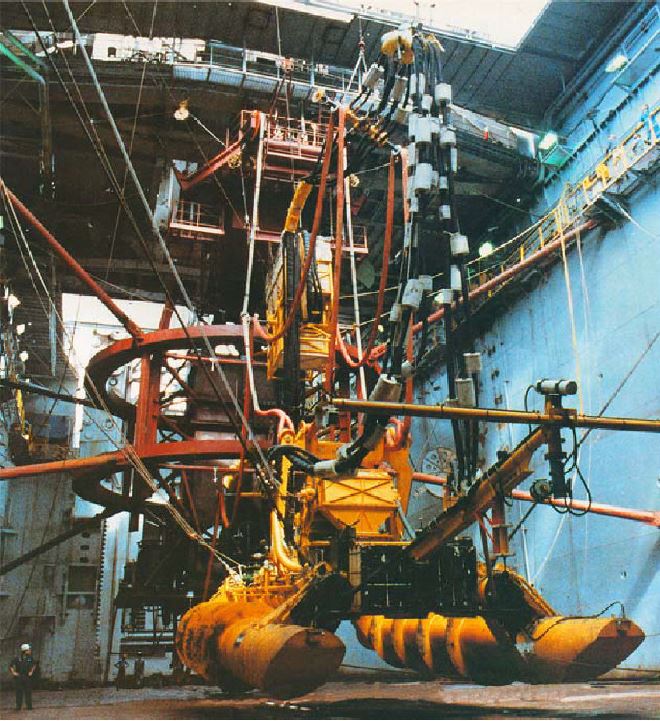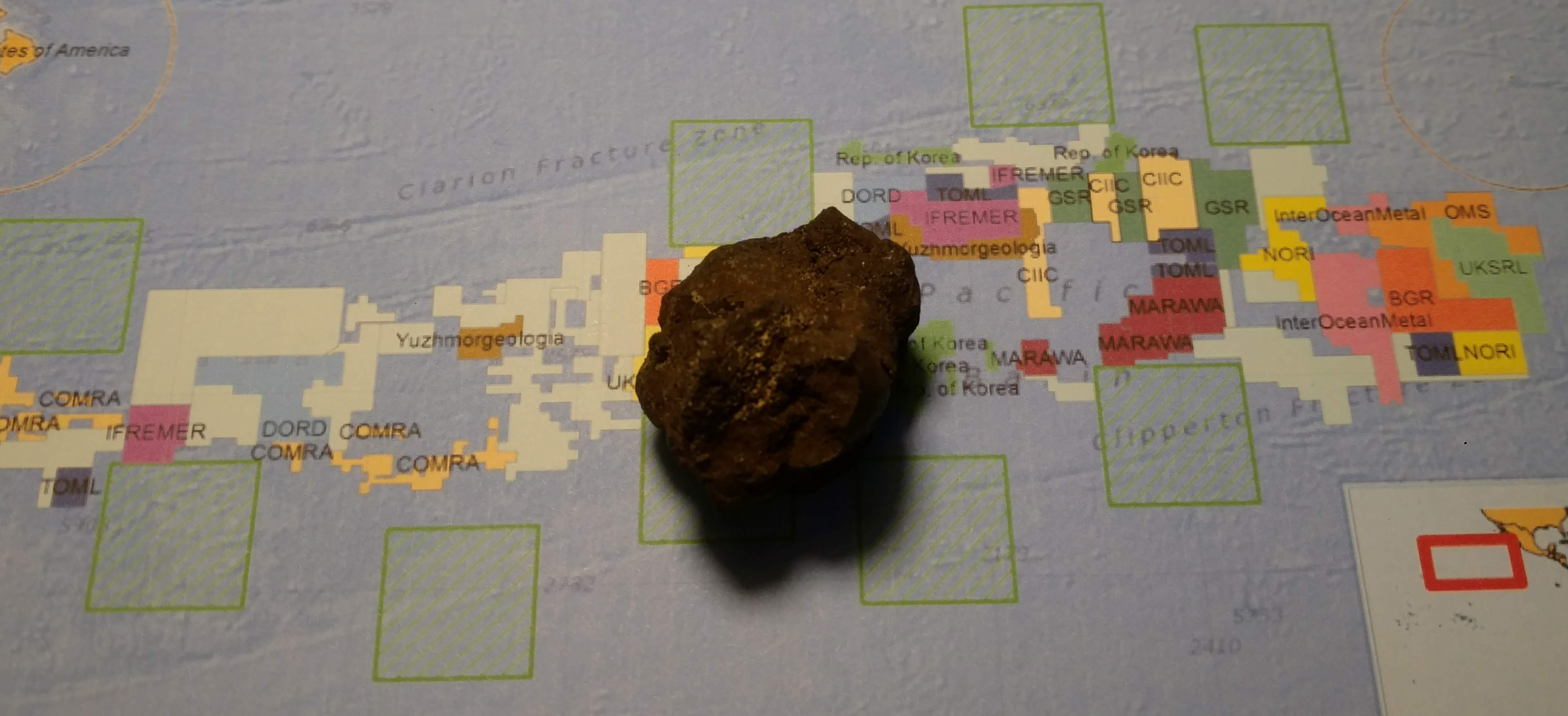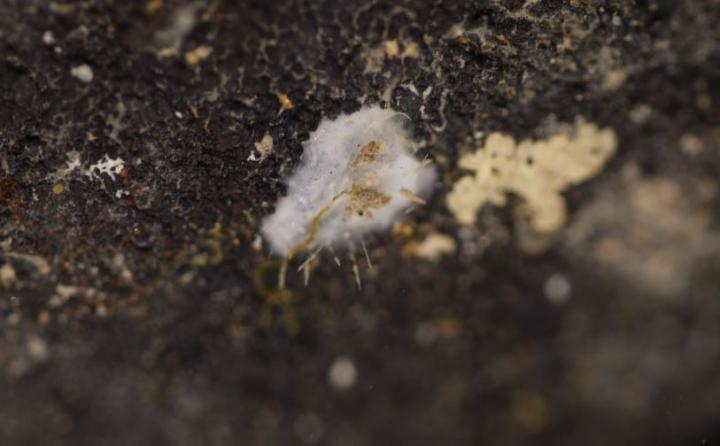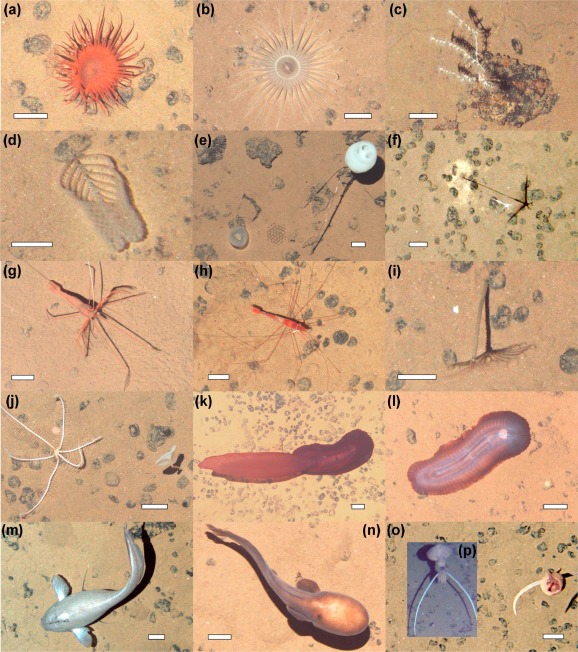You can buy a 5-lb bag of polymetallic nodules from the Clarion-Clipperton Fracture Zone on Amazon, right now.
Depending on your vantage point and how long you’ve participated in the deep-sea mining community, this will either come as a huge surprise or be completely unexceptional. Prior to the formation of the International Seabed Authority, there were no international rules governing the extraction of seafloor resources from the high seas. Multiple nations as well as private companies were engaged in exploration to assess the economic viability of extracting polymetallic nodules and tons of material was recovery from the seafloor for research and analysis. Some of that material almost certainly passed into private hands.
In 2019, the ISA oversees the potential commercialization of resources from the high seas and manages the Area (the seafloor beyond national jurisdiction) “for the good of mankind”. Ultimately, a portion of profits from mining in the high seas must be shared among member states, though the particular conditions of that process have not yet been enumerated. A nodule recovered today from the CCZ would not be legal to sell.
“Under the standard clauses of the exploration contracts for polymetallic nodules,” says International Seabed Authority (ISA) Secretary-General Michael Lodge, via email, “the contractors are required to annually report the quantity of nodules recovered as samples or for the purposes of testing.” He notes that the ISA has no knowledge of the circumstances surrounding the nodules currently for sale.
Deep-sea mining companies stand to make millions, if not hundreds of millions of dollars from ISA mining leases. “It’s unlikely to me that the seller would be a current Contractor,” says Dr. Samantha Smith of DeepGreen. “Contractors need all the nodules they can get for various studies and as far as I understand, selling them could be in contravention of their exploration contracts.”
Which brings us back to this 5lb bag of nodules, and the two most important questions about their origin: When and where did they come from?
The nodules are sold through Jensan Scientifics, an online geology dealer that specializes in providing materials for collectors and educators. In addition to 5lb bags, they also sell individual nodules.
Disclosure: For the sake of thoroughness in conducting this investigation, the Deep-sea Mining Observer purchased a polymetallic nodule from this supplier.
Jensan Scientifics provided a certificate attesting to the provenance and legality of the nodule we procured, as well as an X-ray fluorescence report. Unfortunately, they were light on additional details, attesting that the nodules in their collection were “definitely” collected in 1979 during one of the Glomar Explorer expeditions, entered private circulation in 1993 through a scientific exchange with a researcher from the University of Hawaii or Washington, who has since passed away and for whom the company could not identify. The company came into possession of the collection in the early 2000s.
No modern ship has been the subject of a more dizzying array of speculation than the Glomar Explorer nor better exemplified the paradigm that the truth really is stranger than fiction. Commissioned by the CIA in conjunction with Lockheed and Howard Hughes, the Glomar Explorer was built to covertly recover a drowned Soviet submarine from the seafloor under the cover of conducting experimental nodule extraction surveys. Conveniently, it was then refitted for actual nodule extraction and was chartered by Ocean Minerals Company to carry out surveys in the Clarion-Clipperton Fracture Zone. During these expeditions, the Explorer carried a massive experimental mining tool, which, though not particularly effective at the time, validated the foundation technologies for the current generation of seafloor mining machines.
Between 1978 and 1981, Ocean Minerals Company recovered hundreds of tons of polymetallic nodules from the CCZ, but it was primarily not the Glomar Explorer that collected them. According to Charles Morgan, who worked with Ocean Minerals Company and the University of Hawaii during that time period “the Glomar Explorer did not recover any nodules in its testing of mining equipment. However, many tons of nodules were recovered by the Lockheed exploration group aboard the R/V Governor Ray.”

Due in large part to their initial participation in the covert submarine recovery, Ocean Minerals was a few years behind the rest of the emerging nodule mining industry. Both Ocean Mining Association (OMA) and Ocean Mining Inc. (OMI; clearly the trend of every deep-sea mining company having basically the same name is a long-established tradition) had been operating in the CCZ for several years. Both recovered hundreds of tons of polymetallic nodules, but, according to Tom Dettweiler, who worked for Ocean Mining Associates at the time, most would have been destroyed.
“During our collector test, we recovered about 15 tons to the surface vessel via airlift. I ended up using these to run tests of advanced flow measurement systems in a flow loop constructed at the Universite de Louvain in Louvain-la-Neuve Belgium and unfortunately the tests were very destructive, so OMA has no nodules left,” reports Dettwieler, who notes that OMA probably collected the most nodules of the three consortia.
Following that early rush in the late 70s, excitement for deep-sea mining cooled for the remainder of the century, only to be revitalized in the last decade as demand for cobalt and other metals essential to modern technology surged. According to Dettweiler: “[Ocean Minerals Company] did recover a quantity of nodules, but by the time they did this, the industry was beginning to wrap up operations due to the rapid fall of the minerals pricing, moving nodule mining off into the future. This made the importance of their collected nodules less from a commercial standpoint, but still important to the researchers at academic institutes.”
Metallurgists from DeepGreen examined the XRF report and concluded that the mineral composition of the nodule we bought online was consistent with those found in the Clipperton-Clarion Fracture Zone. All of which means that while our nodule was likely recovered from the CCZ during the Lockheed expeditions in the late 1970s, it was probably not collected aboard the Glomar Explorer.






